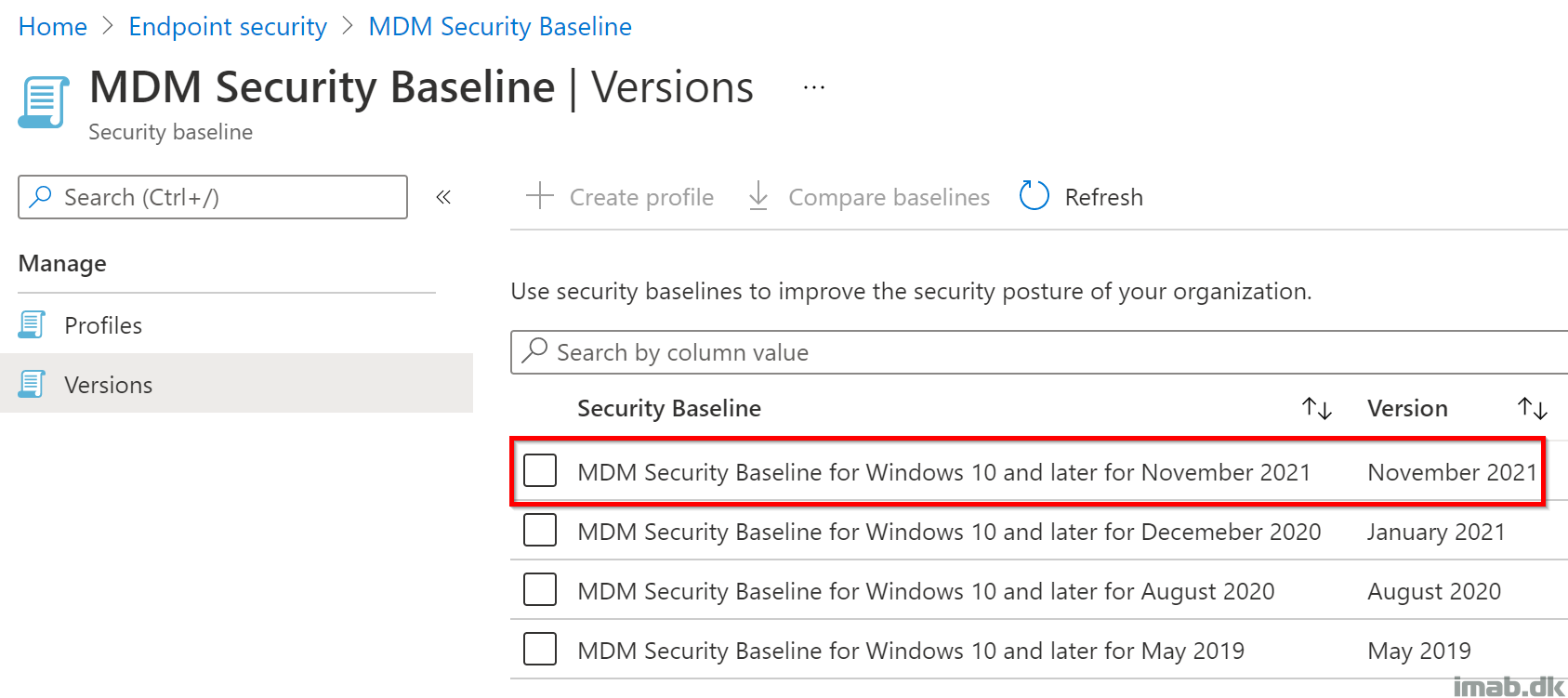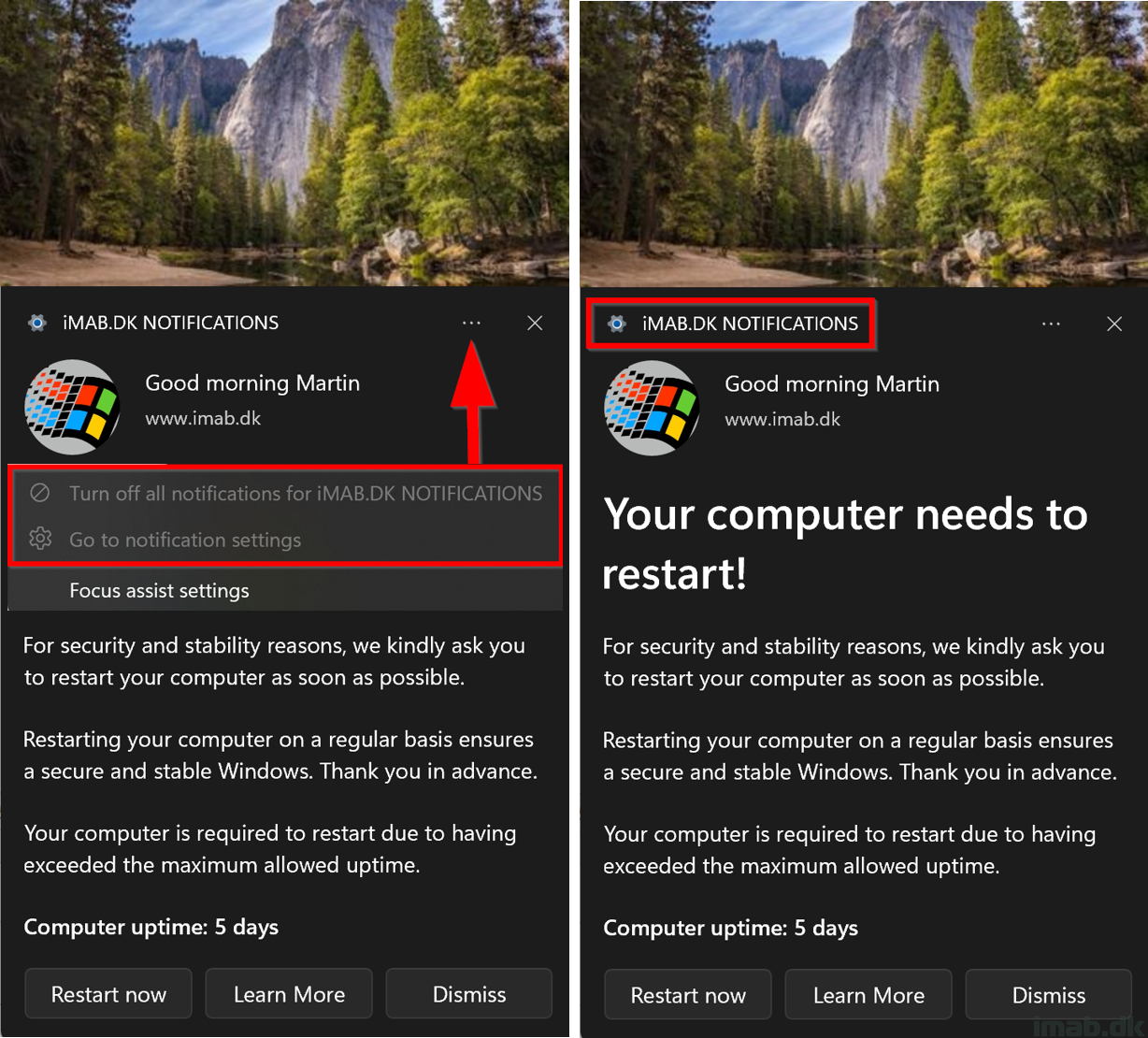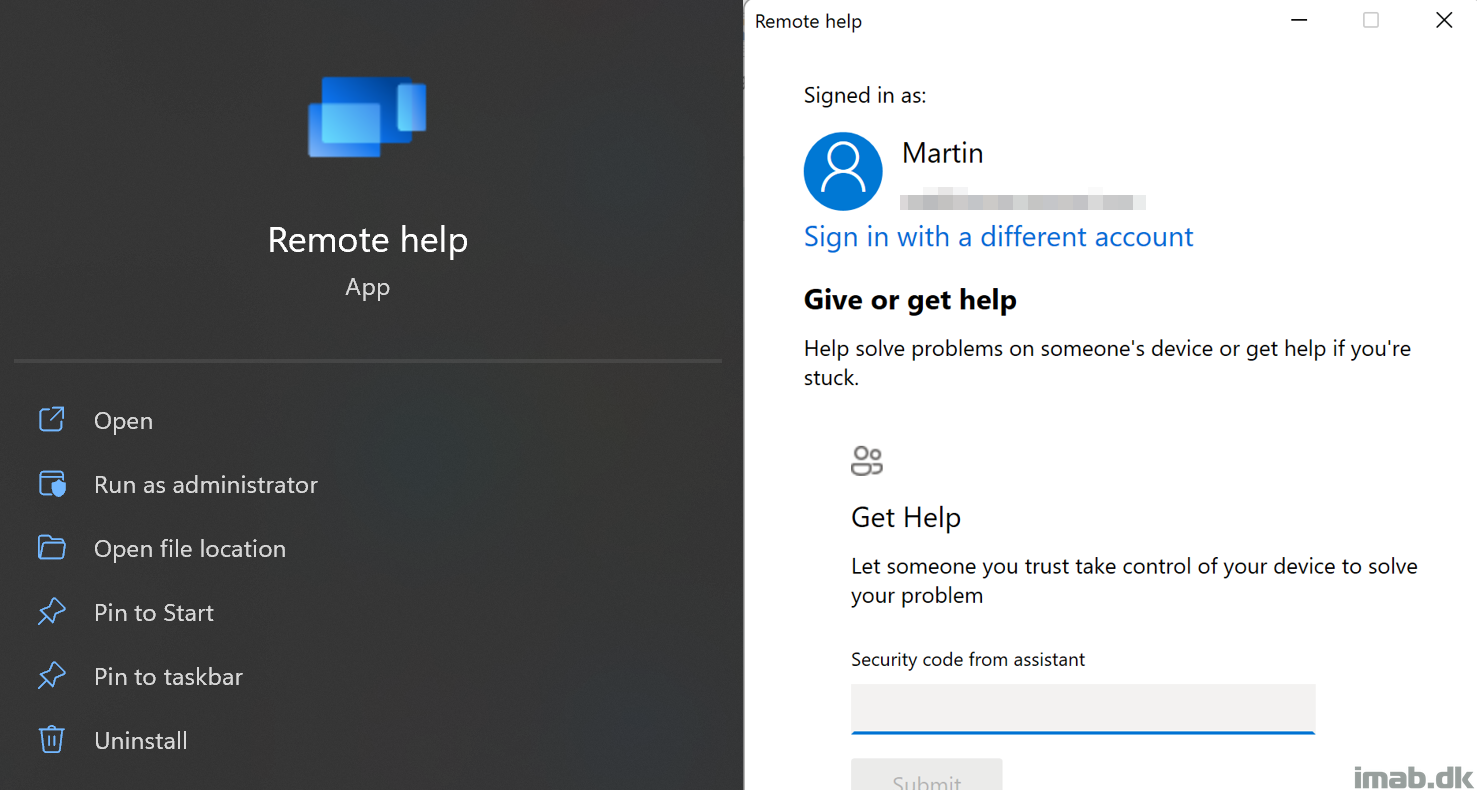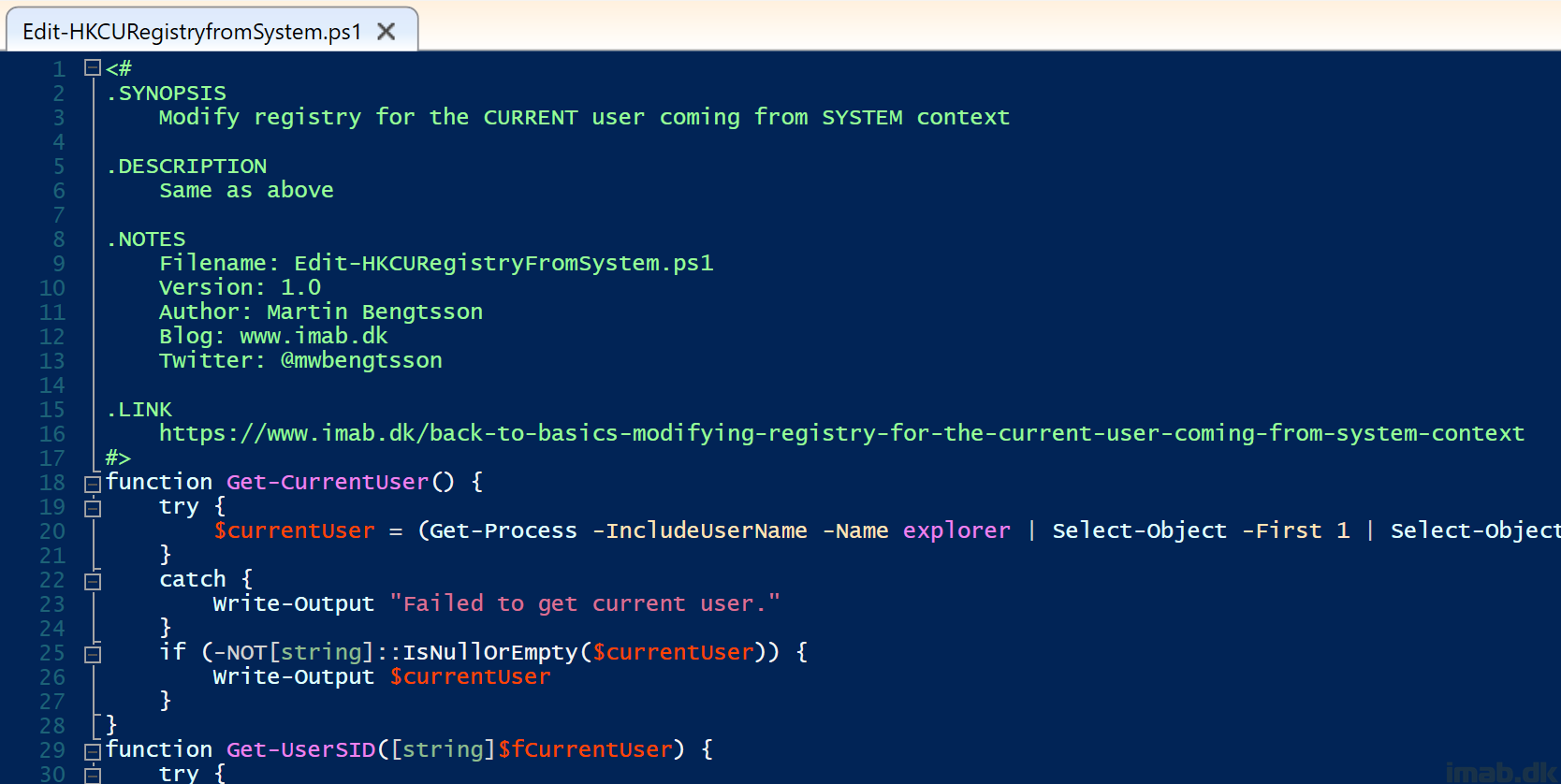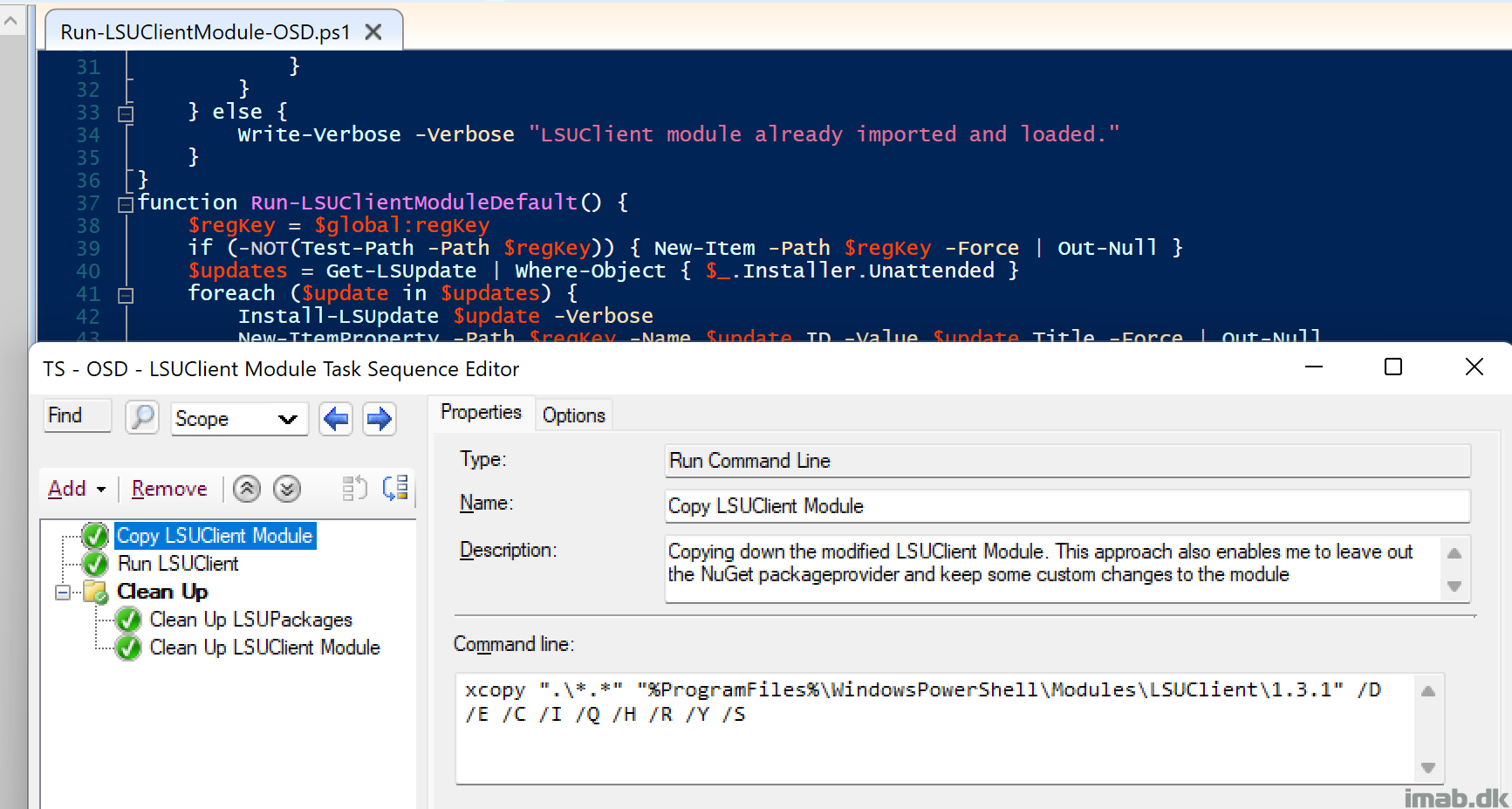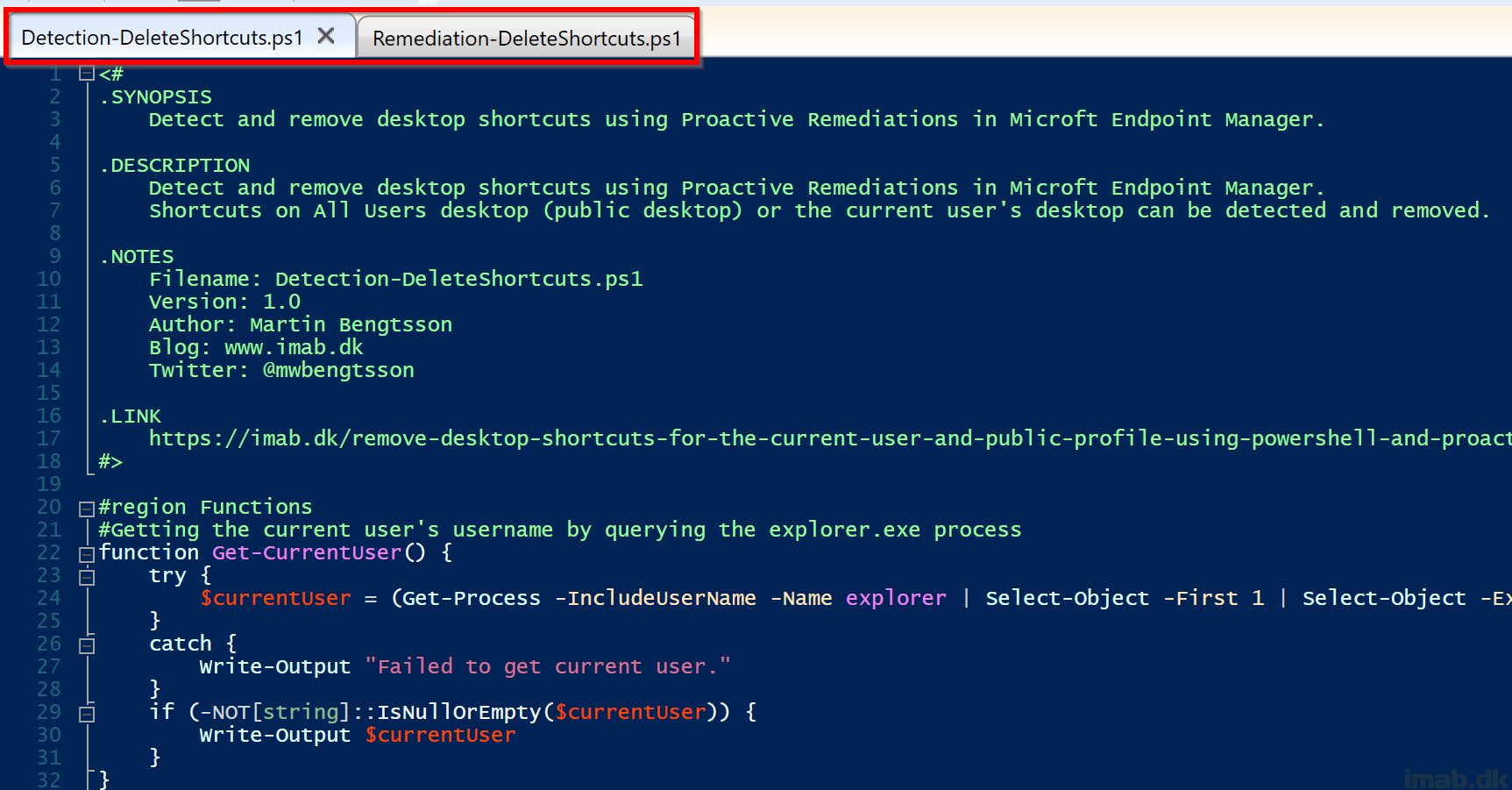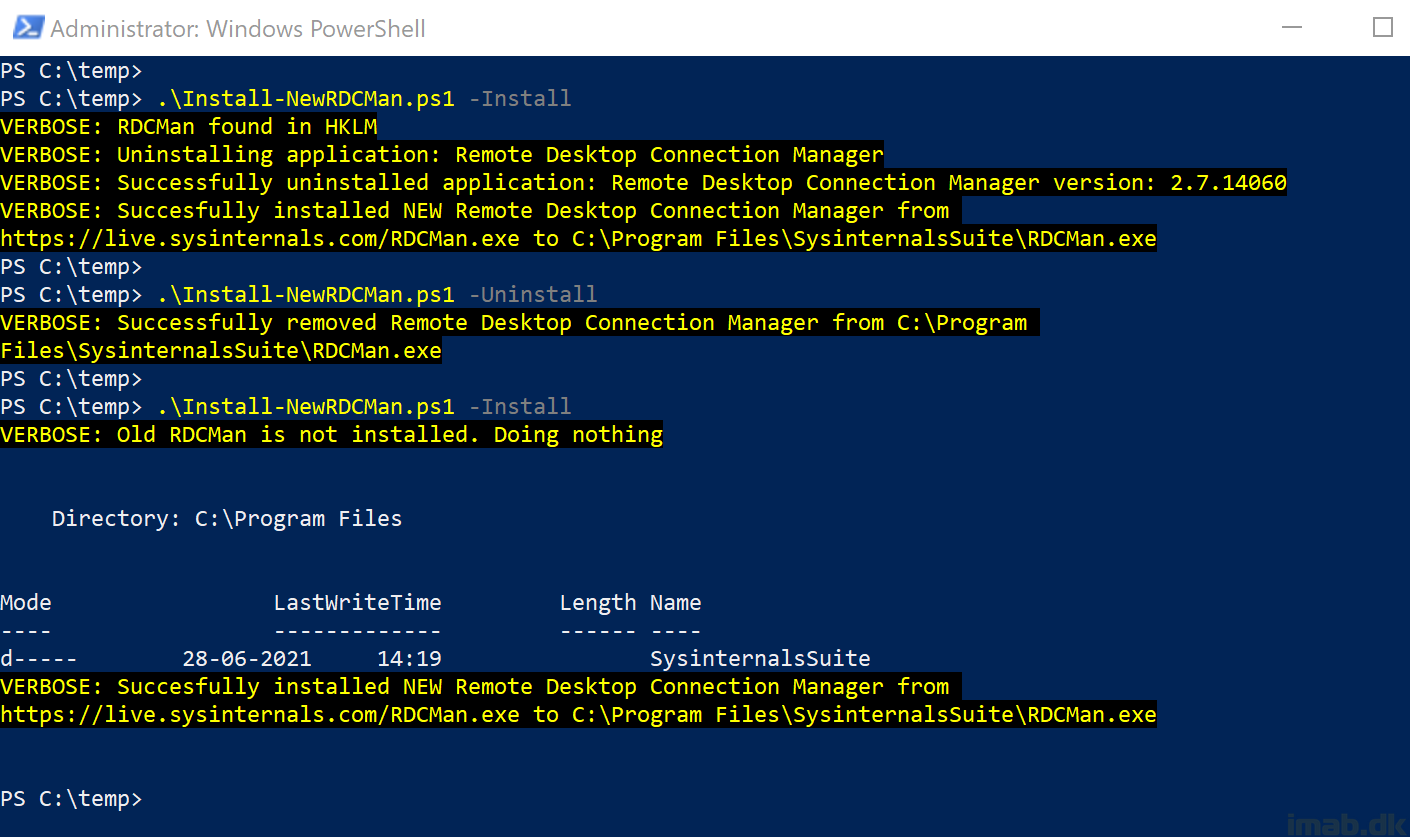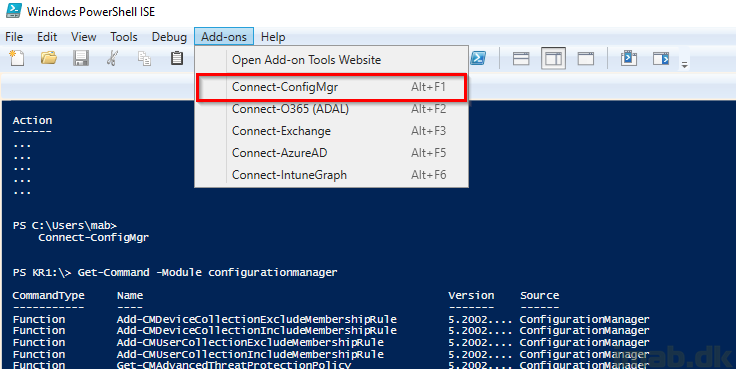Introduction
Super quick blog post, covering the new version of Security Baselines for Windows 10 and 11 in Intune, which was delivered to us with the 2111 service release.
Not much has changed. In fact, if coming from the previous baseline version (December 2020), only one setting has been added: Scan scripts that are used in Microsoft browsers.
So lets take a quick peek at the process I went through, in order to update my Security Baseline.
